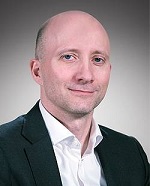Dr. Aaron Bunnell is an Assistant Professor in the University of Washington Department of Rehabilitation Medicine and one of two recipients of the 2019-2020 CLEAR Center Pilot & Feasibility Awards.

Dr. Bunnell’s Pilot & Feasibility Award project is entitled, Surface Electromyography in Recovery and Rehabilitation of Upper Extremity Function, and will first optimize the function of a portable surface electromyography (sEMG) device to monitor improvements in upper extremity function and then develop a virtual gaming platform for rehabilitation of upper extremity function, using sEMG signals as the input.
Upper extremity weakness can be debilitating, often interfering with patients’ ability to work and perform basic activities. Causes for upper extremity weakness vary widely but can include atrophy from disuse, stroke, or trauma. After treating underlying causes of upper extremity weakness, recovery of strength and function is highly dependent on completion of prescribed therapy. However, rates of completion of therapy regimes remain low, as home exercises are often repetitive and boring, and access to specialized therapists is limited.
Virtual reality- and gaming-based therapies are gaining popularity in treatment of conditions like upper extremity weakness, but not all patients are able to use them, as some patients are too weak to trigger traditional virtual reality systems to complete the therapy program. Surface electromyography (sEMG) may offer a solution to this issue, as low levels of muscle activation can be detected, allowing more patients the opportunity to benefit from virtual reality therapies.
Of his work, Dr. Bunnell says, “the CLEAR Center Pilot & Feasibility funds and mentorship will help advance our team’s work using surface EMG to detect nascent muscle signals after severe neurologic injury and allow patients to use these signals to move within a virtual reality therapeutic gaming environment with the aim of improving strength and speeding recovery. I am grateful for the opportunity to work with CLEAR and improve recovery after neurologic injury.”
